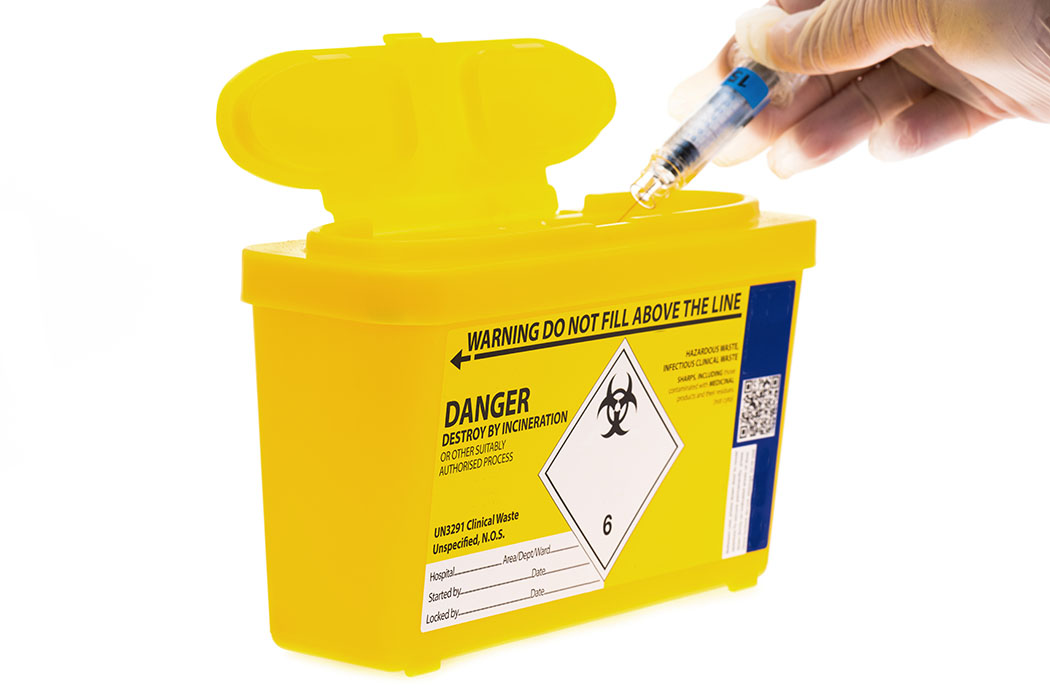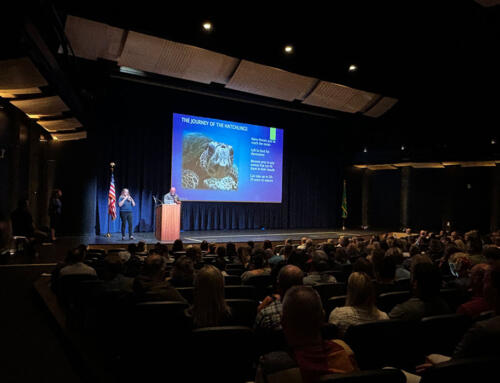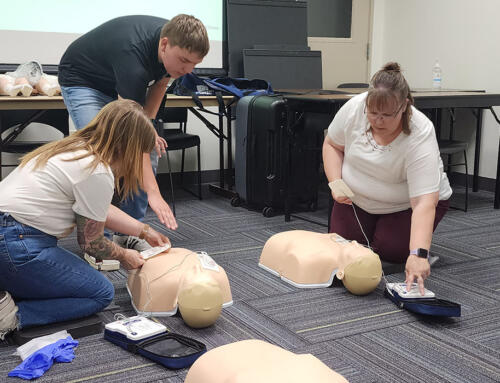Sharps are medical devices like needles, lancets, syringes, auto injectors and other tools that cut or go into the skin. The Washington Administration Code (WAC) 296-823-14010 mandates that contaminated sharps are handled properly and safely and placed immediately, or as soon as possible after use, in appropriate containers. Here are some further guidelines for using and disposing of sharps safely:
- Use an approved sharps container. These are available to purchase through pharmacies, medical supply companies, health care providers and online. If an approved sharps container is not available, use an alternative container. The container should be made of a heavy-duty plastic, able to close with a tight-fitting, puncture-resistant lid and be labeled properly, including the biohazard symbol. Do not use glass, aluminum, or thin plastic containers.
- Never place loose sharps in the trash or recycling carts. Throwing loose sharps into your trash can hurt others who may come into contact with them, like the people who handle your garbage and recycling.
- Maintain sharps containers in an upright position during use with no danger of being knocked over or spilled.
- Never reach into the sharps container.
- Never overfill or force materials into a sharps container. No materials should be sticking out of the top. Stop at the fill line, if your container has one. If it doesn’t, stop when the container is three-fourths full.
- Always label your containers with: WARNING SHARPS – DO NOT RECYCLE.
- Check with your local health department or waste disposal company for community guidelines on how to properly dispose of sharps containers.
Sharps are dangerous because they can injure people and spread germs and diseases. Ensuring secure, proper storage and safe handling of these items before and after use can reduce the risk of an accident and/or exposure to a bloodborne pathogen.





 ESD 112 equalizes educational opportunities for learning communities through innovative partnerships, responsive leadership, and exceptional programs.
ESD 112 equalizes educational opportunities for learning communities through innovative partnerships, responsive leadership, and exceptional programs.